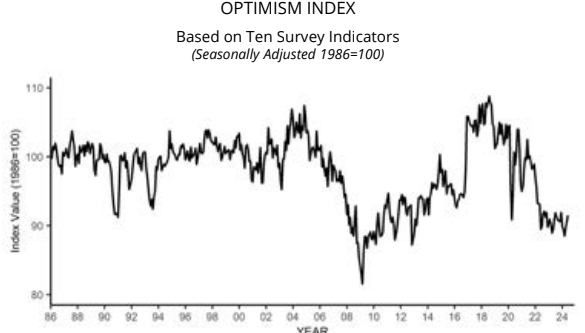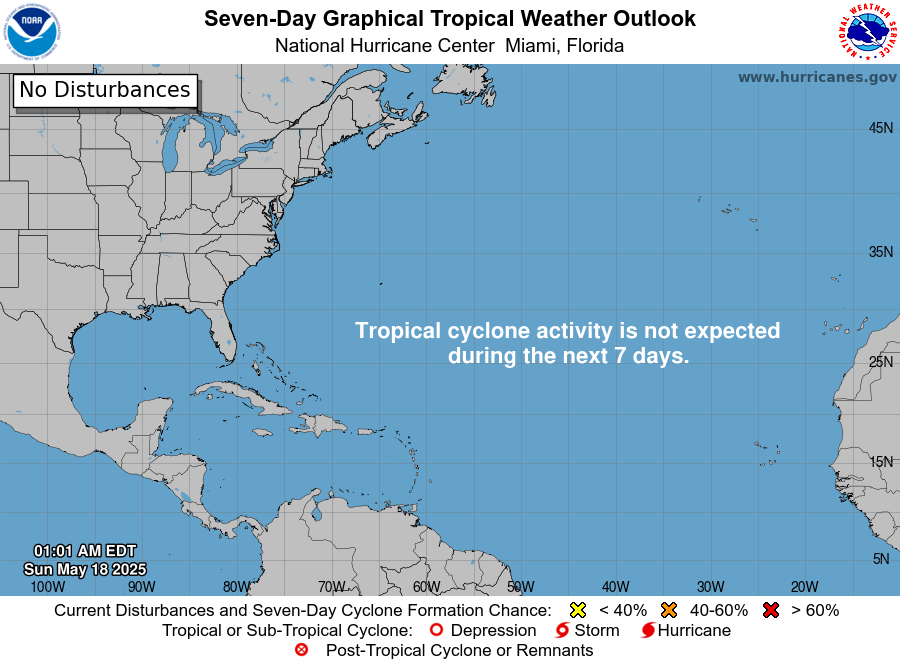12 July 2024 Market Close & Major Financial Headlines: Fifth Session In A Row The S&P 500 Set New Historical Highs And The Dow Climbed To A New High, Both Losing Half Of The Session Gains During The Last Hour Of Trading
Summary Of the Markets Today:
- The Dow closed up 247 points or 0.62%, (Closed at 40,001, Historic high 40.257)
- Nasdaq closed up 0.63%,
- S&P 500 closed up 0.55%, (Closed at 5,615, New Historic high 5,656)
- Gold $2,418 down $4.10,
- WTI crude oil settled at $82 down $0.41,
- 10-year U.S. Treasury 4.182 down 0.010 points,
- USD index $104.09 down $0.340,
- Bitcoin $57,595 down $254 or 0.44%,
- Baker Hughes Rig Count: U.S. -1 to 584 Canada +14 to 189
*Stock data, cryptocurrency, and commodity prices at the market closing.
Click here to read our current Economic Forecast – July 2024 Economic Forecast: One Recession Flag Removed But Little Indication The Economy Is Strengthening
Today’s Economic Releases Compiled by Steven Hansen, Publisher:
There are underlying elements for inflation. One of the major elements is the Producer Price Index (PPI). Unfortunately, the PPI Final Demand edged upward from 2.4% last month to 2.7% year-over-year in June 2024. This increase was driven by the services sector which jumped from 3.0% last month to 3.5% this month. I keep reminding readers that there are inflationary elements and forces that are not subsiding – and it is a mistake to believe inflation is going away.

Here is a summary of headlines we are reading today:
- China’s Role in Russia-Ukraine War Draws Scrutiny at NATO Summit
- U.S. Oil, Gas Drilling Activity Continues To Drop
- Neither Israel Nor Hezbollah Want All-Out War
- Europe Increasingly Reliant on American Diesel
- Brent Tops $86 on Hopes of Fed Cut in September
- Dow rises more than 200 points, touches new record above 40,000: Live updates
- JPMorgan’s Jamie Dimon warns inflation and interest rates may stay higher
- AT&T says hackers stole records of nearly all cellular customers’ calls and texts
- Southwest Airlines, Archer Aviation ink air-taxi deal
- 2-year Treasury yield ends at lowest since February after decline in consumer sentiment
Click on the “Read More” below to access these, other headlines, and the associated news summaries moving the markets today.








